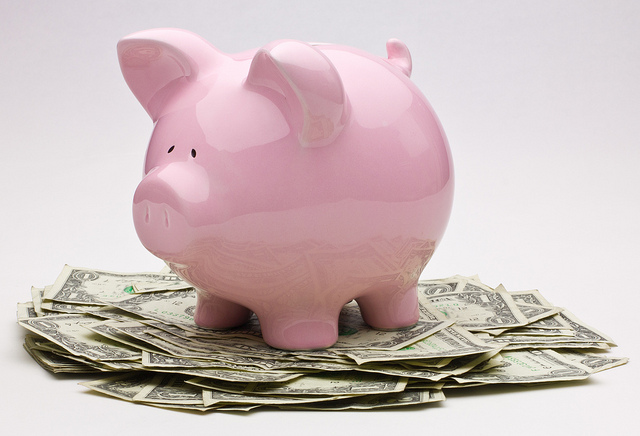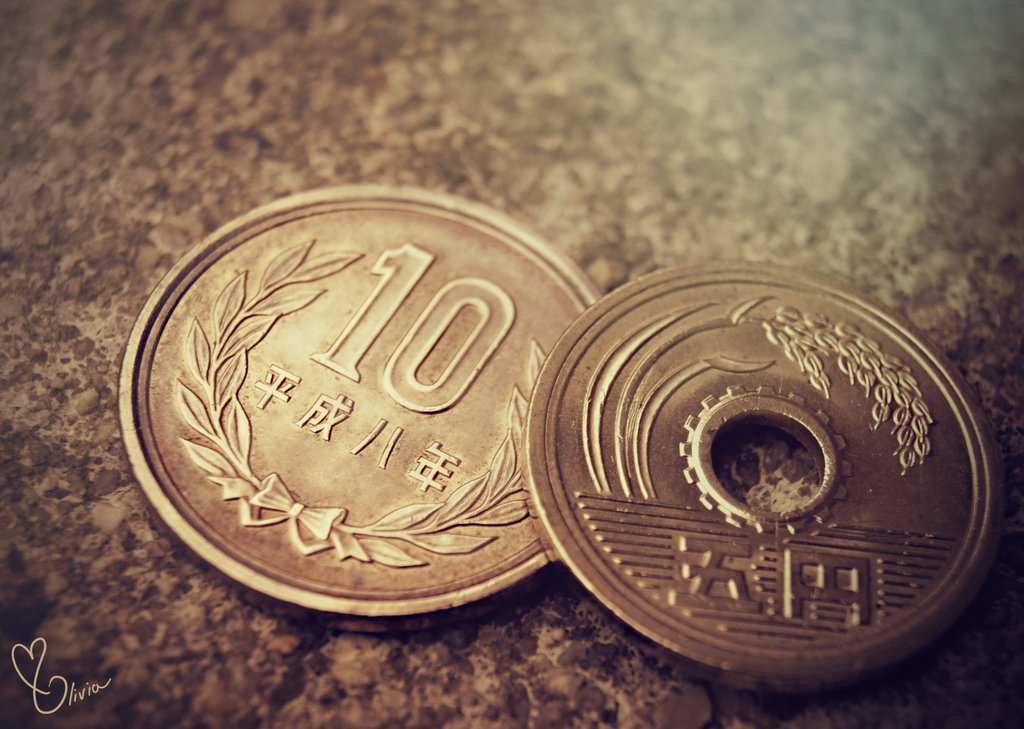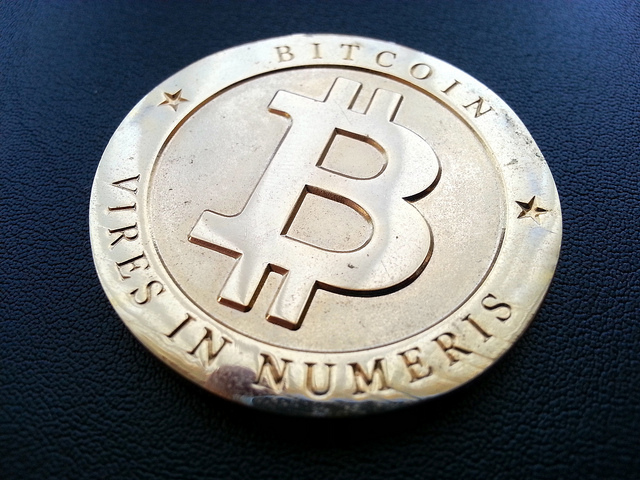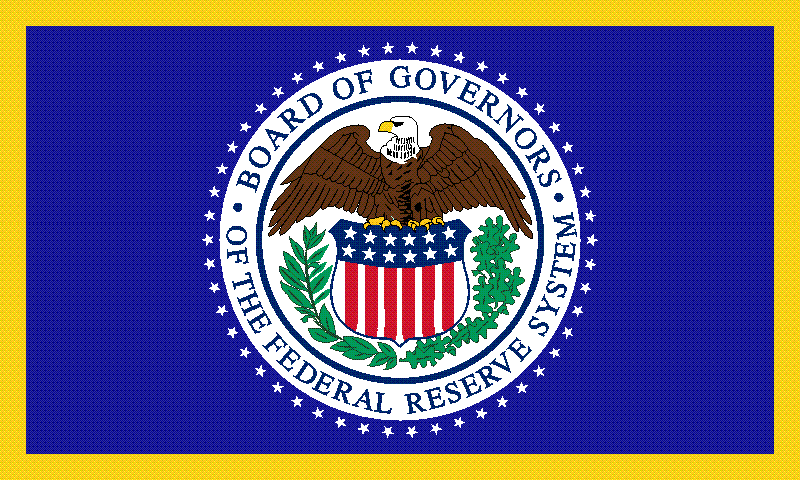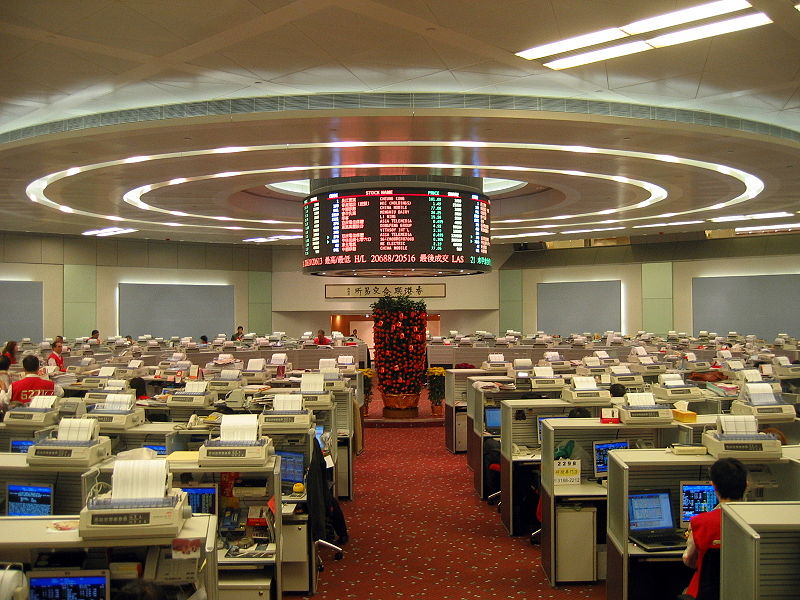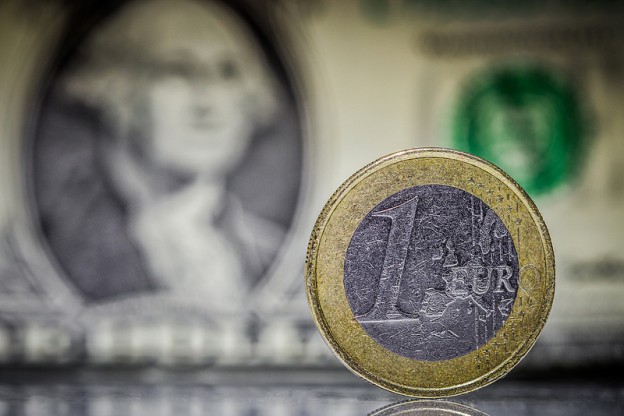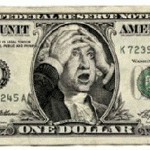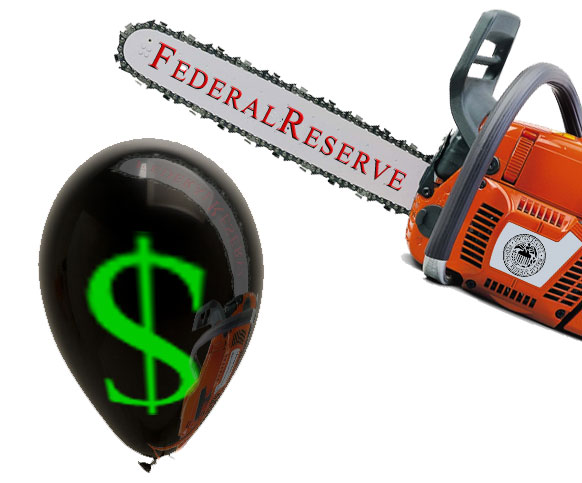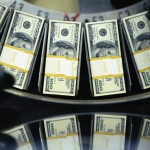Data from around the globe have been showing signs of a worldwide manufacturing recovery that has cost the U.S. dollar its demand as a safe currency following its biggest rise in half a year through the month of November.
The currency dropped against all 16 of its major peers China’s figures the last couple of days showed an expanding manufacturing industry last month. A possible fifth-straight period of a growing European manufacturing industry pushed the euro up, as the British pound jumped before data for U.K. factory outputs are expected to record the eight month of advance.
The broad weakness experienced by the greenback indicates an increased risk threshold for investors as they move away from the perceived security of the U.S. dollar as Chinese manufacturing numbers improved more than anticipated.
On the Bloomberg U.S. Dollar Index, which monitors the greendback against 10 major peers, dropped 0.1 percent to 1,019.51 as of 7 a.m. in London after rising 0.9 percent in the previous month, the most since May
The U.S. dollar changed slightly against the yen at 102.43 yen and slipped 0.1 percent to $1.3603 per euro. The European currency increased 0.1 percent to 139.33 yen after increasing 4.2 percent in November. The pound rallied 0.3 percent to $1.6414 after reaching $1.6443, the strongest since August 2011.

